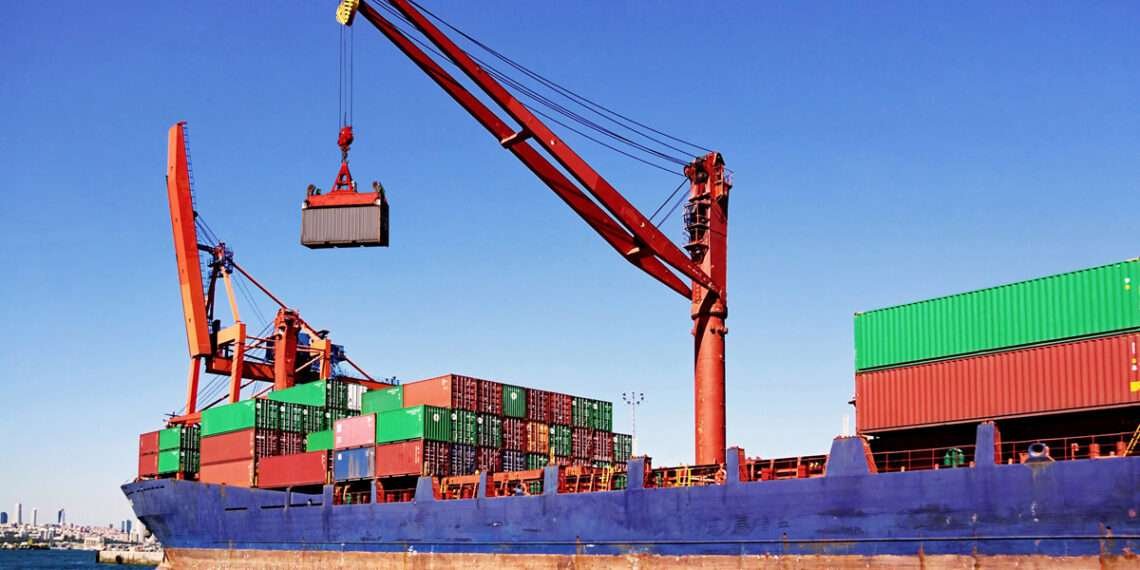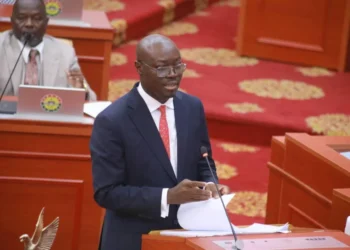Businesses that engage in the exportation of goods and services in Ghana, unlike their counterparts who are into importation, continue to receive the least proportion of bank credit over the years.
According to Figures from the Bank of Ghana (BoG), total credit to private sector actors within the export trade was GH¢162.83 million in 2020, accounting for 0.4% of total credit to the private sector of GH¢43,544.9 million.
Credit to the sub-sector remains low over the past three years. In 2018, export trade received a total of GH¢125.13 million as bank credit which increased to GH¢157.52 million in 2019. The figures show that credit to the sub-sector is gradually improving but remains very insignificant when compared to other sub-sectors within the private sector of Ghana.
The low credit to players within the export trade hinders the ability to export more to complement the government’s efforts. It is especially more challenging when the country continues to sign several trade agreements with other countries and international bodies.
Need to take advantage of trade agreements
Ghana’s Trade and Industry Minister, Hon. Alan John Kwadwo Kyerematen, on Tuesday, November 9, 2021, highlighted the need for Ghana to increase its exports to take advantage of the numerous trade partnerships the country has signed.
As such, he urged the newly inaugurated Board of the Ghana Export Promotion Authority to encourage exports to enable the country take advantage of these trade agreements with other countries and international bodies.
This means that the Board, as part of its mandate, should ensure that enough credit can be obtained by private businesses to expand their activities to benefit from these agreements.
Some of these agreements include the Ghana-EU Interim Economic Partnership Agreement which opens up the continent of Europe to Ghana duty-free and quota-free. There is the African Growth and Opportunity Act which also opens the US market to Ghana and the Ghana-UK Trade Partnership agreement.
Credit to players in export trade is also important within the context of the Ghana National Export Development Strategy (NEDS) which seeks to increase Non-Traditional Exports (NTEs) from $2.8 billion in 2020 to $25.3 billion in 2029. Meeting this target, requires strategies that cover the whole export value-chain with key emphasis on availability and accessibility of credit to the players.
Unlike export trade, private importers in the country continue to receive higher amounts of credit over the past three years. A total of GH¢1,180.96 million, GH¢1,141.37 million, GH¢1,232.21 million went to importers in 2018, 2019, and 2020 respectively.
Credit to other sub-sectors
Traders within the services sector continue to receive a chunk of the total private sector credit over the years with data pointing to a significant rise in the amount of credit received each year by the players.
In 2018, services received GH¢ 7,182.23 million out of the total credit of GH¢ 33,352.14 million disbursed to the private sector. This rose to GH¢9,972.19 million in 2019 and then to GH¢ 11,580.86 million in 2020. This means that players within the services trade received 26.6% of total credit to the private sector in 2020.
Apart from services, traders that deal in commerce & Finance are also privileged to receive a significant proportion of total private sector credit each year. Players within this sub-sector received GH¢7,243.25 million, GH¢7,595.49 million, and GH¢9,875.24 million in 2018, 2019 and 2020 respectively. However, Agriculture also received a low amount of credit within this past three years.
READ ALSO: Inflation soars to 11% in October 2021























